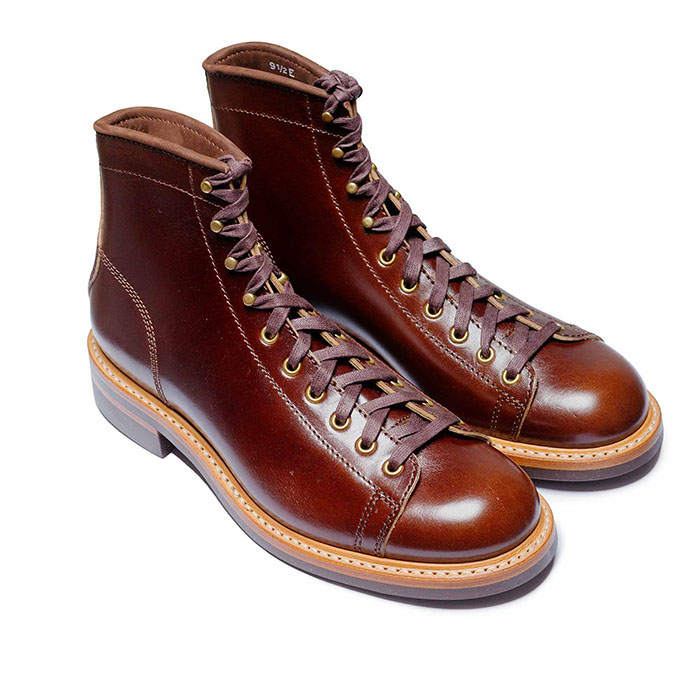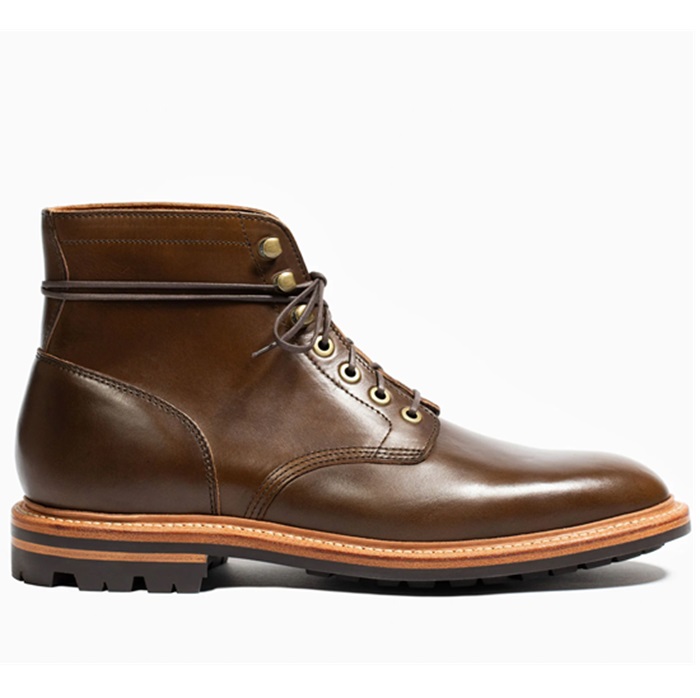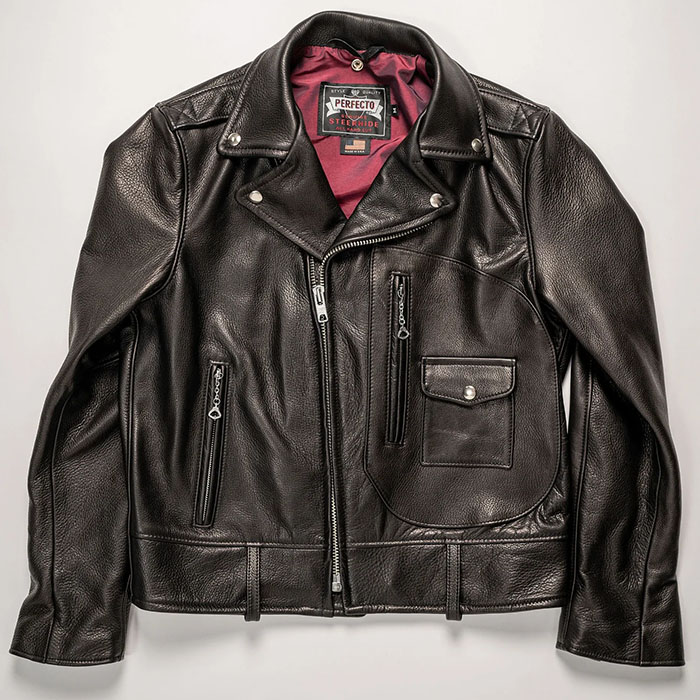- Messages
- 18,424
I have a lady’s Barrel Racer with the princess back bow by Eddy Bros as pictured in the book.The main attraction of this book is its many many pictures: historical photos, moviestars and lots and lots of western hats.
I have a lady’s Barrel Racer with the princess back bow by Eddy Bros as pictured in the book.The main attraction of this book is its many many pictures: historical photos, moviestars and lots and lots of western hats.
I've been on the lookout for that for some time now, but for some reason I can't stream it where I live.There is a fun movie that accompanies this book. I think it can be found and watched online.
That is gorgeous, Jack. Yours comes out better looking I think than the one pictured in the book and not just because it isn't green! Very cool.I have a lady’s Barrel Racer with the princess back bow by Eddy Bros as pictured in the book.
View attachment 644954 View attachment 644953
View attachment 644951
View attachment 644952
View attachment 644950
View attachment 644949 View attachment 644955
View attachment 644956
Thanks Stefan. I have a collection of Wild West Show artifacts which overtime morphed to include prison rodeos & other famous rodeo competitions. I found this hat while on the hunt before the book came out. Never seen another one in person but I always think of the green as more of a turquoise green.That is gorgeous, Jack. Yours comes out better looking I think than the one pictured in the book and not just because it isn't green! Very cool.
 John Lofgren Monkey Boots Shinki Horsebuttt - $1,136 The classic monkey boot silhouette in an incredibly rich Shinki russet horse leather.
John Lofgren Monkey Boots Shinki Horsebuttt - $1,136 The classic monkey boot silhouette in an incredibly rich Shinki russet horse leather.  Grant Stone Diesel Boot Dark Olive Chromexcel - $395 Goodyear welted, Horween Chromexcel, classic good looks.
Grant Stone Diesel Boot Dark Olive Chromexcel - $395 Goodyear welted, Horween Chromexcel, classic good looks.  Schott 568 Vandals Jacket - $1,250 The classic Perfecto motorcycle jacket, in a very special limited-edition Schott double rider style.
Schott 568 Vandals Jacket - $1,250 The classic Perfecto motorcycle jacket, in a very special limited-edition Schott double rider style.